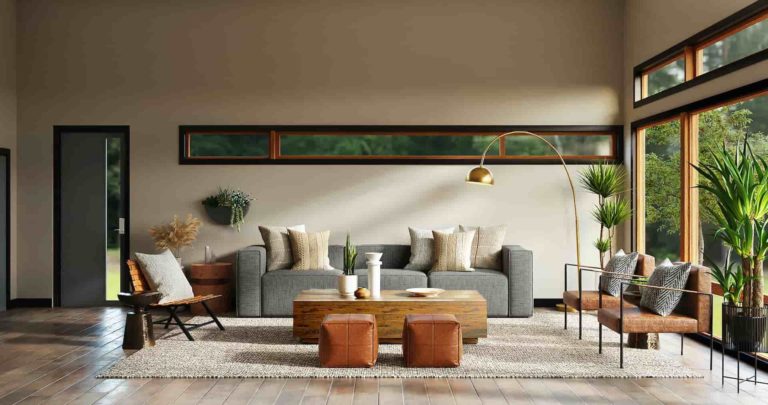
In all the metaverse hype, practical AR and 3D use cases seem to get lost. Metaverse killer apps could end up being more practical experiences that infuse digital dimension to our physical space, rather than a Ready Player One future. This is the thinking behind the metavearth.
With that backdrop, we’re seeing “real-world metaverse” glimmers from Niantic, Snap, Google, and others. And the latest to join the party is Shopify. It recently previewed its work with Apple’s Room Plan, allowing shoppers to visualize room decor by swiping through design configurations.
As we examined recently, Room Plan is Apple’s new API that arms developers with 3D room-scanning capabilities for their apps. It enables and unlocks spatial maps of a given space, which is the foundation for dimensionally layering in digital elements (think: kitchen remodels).
Can Apple Democratize Room Scanning?
Blank Canvas
Shopify is among the first to pick up and run with Room Plan (see video below). Its key feature is erasing elements of a given scene. This makes it a sort of inverse of AR’s common connotation of overlaying digital objects – instead deleting objects from the real world.
The point is to create a blank canvas for room remodels…or what Shopify’s Russ Maschmeyer calls a “reset button.” In other words, once you virtualize an empty room, the design visualization can really begin. Other AR design tools like IKEA Place work within furnished rooms.
Speaking of IKEA Place, Room Plan democratizes this underlying technology for any brand to have similar functionality. Such brands can benefit by focusing on front-end UX, while tapping into all the underlying computational work that Apple has already figured out the hard way.
But it’s not without challenges…Room Plan requires that end-users have a LiDAR-equipped iPhone or iPad, which is still spotty. The good news is that this will be less of an adoption impediment over time as LiDAR gradually phases in and trickles down to lower-end iOS devices.
And the timing of this phasing-in process could align with developers’ gradual learning curve with Room Plan. Those two sides of the equation (essentially, supply and demand) could grow in step over the next few years and eventually transform, and democratize, interior design.
Lots of interest in this “reset button” for your room we built @Shopify that uses @apple’s new #RoomPlan API. Here’s how we built it… 👇 🧵1/12 pic.twitter.com/YdNP1vebVW
Opportunity Gap
Speaking of necessary steps, another gap is 3D model creation. For the dream of AR-fueled interior design to materialize, brands need extensive 3D product scans. This means that the workflows to create and manage these 3D assets at scale will be a sizable opportunity gap.
Meanwhile, another factor looming on the horizon is AR glasses. There are technical challenges and tradeoffs for graphical intensity versus stylistic viability. But when Apple and others crack that code, all of the above goes from an upheld smartphone to a line-of-sight form factor.
And that brings us full circle to the metavearth. Its promise could be in practical use cases like bringing digital dimension to the world around us to inform buying decisions. This adds context beyond objects’ physical state – true to the Greek root meta, which means beyond.
As for Shopify’s reset button, though it’s a concept, it’s something the company is actively working on – expressly involving Apple’s Room Plan. We’ll continue to see clever integrations with Room Plan that bring it in directions beyond interior design. That’s really the goal of any API.

